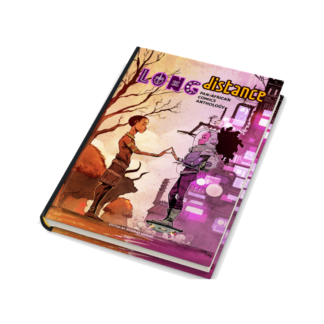Many people feel intimidated when they see the Ethiopian alphabet script. They see +200 letters & they give up before they even start.
But if you learned how to read and write English (or anything that uses the Latin script), I promise you will have a much easier time with Ethiopian alphabet.
First, a bit of context…
The original Ethiopian Script/alphabet is known as the Ge’ez script. It’s been in use for +3000 years. It’s a phonetic script. It’s a visual representation of speech sounds via symbols.
The original script only has ~24 letters. Each corresponding to one sound. As time went by, Ge’ez became parent to new Ethiopian languages and alphabets (i.e. Amharic, Tigrigna, Guragigna, etc…).
The Amharic alphabet, for example, has ~33 letters.
24 directly adapted from the original Ge’ez symbols and 9 NEW symbols created by modifying a few of the original Ge’ez symbols to represent sounds specific to the Amharic language.
Not only did the Amharic script introduce the new 9 symbols, it also introduced family letters for each symbol.
For example: The Ge’ez symbol for the sound “Lä” is ለ. Amharic adopted this symbol directly then added 6 family sounds to it.
- ለ = Lä (Original Geez symbol)
- ሉ = Lu
- ሊ = Li
- ላ = La
- ሌ = Lē
- ል = Lə
- ሎ = Lo
All ~33 symbols (except handful) have the same design pattern for their family symbols.
Just like how “Lä” (ለ) was changed to “Lu” (ሉ) by adding a dash to the hip of the original letter, I can change any of the other original letters to the -u sound with a dash on the original letter.
- “Kä” becomes “Ku” by a dash (ከ to ኩ)
- “Tä” becomes “Tu” by a dash (ተ to ቱ)
- etc…
Recap: The ~24 became ~33. Then the ~33 each have 6 family letters. Total ~ 231.
When a student learns Amharic, the first thing they do is learn the original ~33 letters. When they finish, we say the student has learned Fidel (ፊደል ተማረ).
Then, they learn to “conjugate”. In other words, learn how to modify the original letter to make the family sounds. When they finish that, we say the student has learned Kelem (ቀለም ተማረ).
Once you know Fidel and Kelem, you can easily read & write. The rules are so logical and intuitive.
- No silent letters (like knights)
- No inconsistencies in pronunciation to memorize (like “ea” in please vs. bread).
- No need to dig up the root of a word, memorize extensive grammar or context rules to understand it.
You can easily subtract or add symbols to the script to accommodate ANY language in the world. 90% of the sounds used in world languages are already accounted for in the script.
It’s truly a brilliant piece of African innovation. Easy to understand. Adaptable over time. Consistent with the sound of speech.
It’s a script that can unite Ethiopians, Africans and beyond. We are honored to use it in all our books.
If you found this inspiring and want to start your journey in learning the Ethiopian script, join Etan Comics fans already using our comics and graphic novels to learn here!
– Beserat from ETAN COMICS







![HAWI: African Mythology Graphic Novel [Hardcover]](https://etancomics.com/wp-content/uploads/2025/01/HAWI-Graphic-Novel-Title-324x324.webp)
![HAWI: African Mythology Graphic Novel [Hardcover]](https://etancomics.com/wp-content/uploads/2023/11/HAWI-PG-324x324.jpg)


![ZUFAN Issue #1-2 Bundle -English [HARD COPY]](https://etancomics.com/wp-content/uploads/2023/11/ZUFAN-1-2-Bundle-324x324.webp)
![ZUFAN Issue #1-2 Bundle -English [HARD COPY]](https://etancomics.com/wp-content/uploads/2023/06/African-Alliance-324x324.jpg)